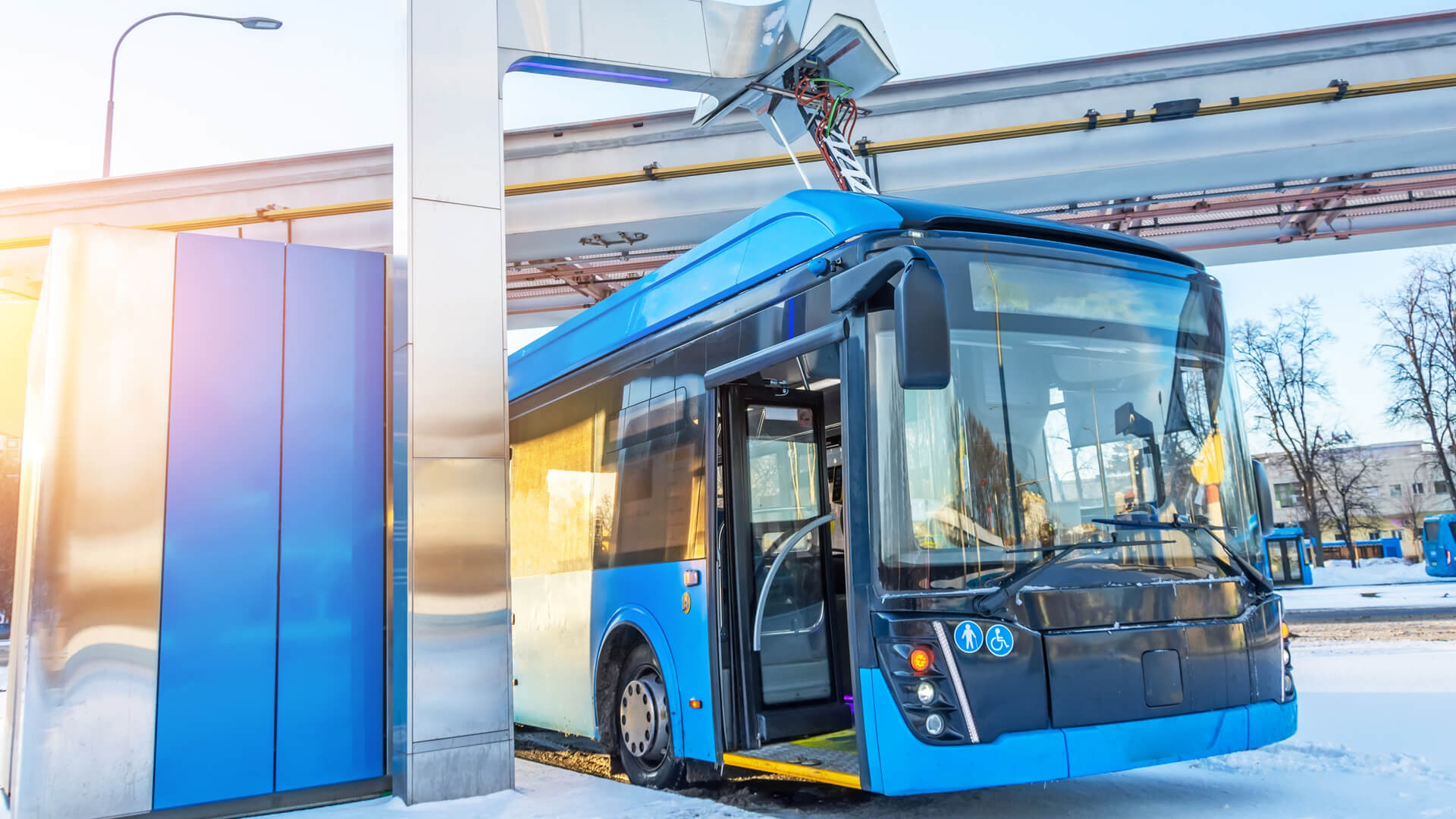The Electric Bus Revolution: A Sustainable Future for Public Transport
As the world grapples with the urgent need to combat climate change, the transportation sector stands at a crossroads. While traditional diesel buses have long been a staple of public transit, they are now being overshadowed by a new contender: electric buses. Surprisingly, standard diesel buses are among the more eco-friendly travel options when compared to planes and cars. However, to truly mitigate the effects of global warming and reduce harmful emissions, the transition to electric buses is not just beneficial—it’s essential.
The Case for Electric Buses
The current landscape for electric buses is promising, bolstered by advancements in technology, federal incentives, and ambitious transportation goals from major states across the U.S. The shift towards electric buses is not merely a trend; it represents a significant step toward sustainable public transportation.
Initial Costs vs. Long-Term Savings
One of the primary hurdles in adopting electric buses is the initial investment. Electric buses can be up to 50% more expensive than their diesel counterparts, and this figure does not account for the additional costs associated with charging infrastructure. However, once municipalities overcome this initial financial barrier, the long-term savings become apparent.
A study conducted in Austin, Texas, revealed that electric buses could save between $73,000 and $173,000 over their lifetimes. These savings stem from reduced fuel and maintenance costs, which can significantly offset the higher upfront price. In California, electric buses have been shown to produce 70% fewer toxic emissions compared to diesel buses, highlighting their environmental benefits. For every 1,000 electric buses deployed, an estimated 500 barrels of diesel are saved daily.
The Challenge of Electric School Buses
While the case for electric transit buses is compelling, the situation is more complex for electric school buses. According to research from Macro Polo, electric school buses can cost up to three times as much as diesel models. Given that school buses typically consume less fuel than transit buses, the financial incentives for switching to electric are less pronounced.
However, the environmental and health benefits of electric school buses are undeniable. In Virginia, a $20 million initiative aimed at replacing diesel school buses with electric models is projected to prevent 670,000 pounds of nitrogen oxide and 36 million pounds of toxic emissions over the buses’ lifespans. This is akin to removing 3,500 cars from the road or conserving 1.6 million gallons of fuel.
Health Benefits: A Breath of Fresh Air
The transition to electric buses, particularly in school districts, can significantly improve air quality and public health. Diesel exhaust contains harmful toxins that can adversely affect children’s health, particularly those from vulnerable communities. Studies have shown that exposure to diesel emissions can impede brain development and trigger asthma attacks.
Research from Columbia University indicates that replacing a single diesel bus with an electric one can reduce human health costs by approximately $150,000 annually. In New York, transitioning all school buses to electric could yield $68.2 billion in public health benefits and prevent over 6,000 deaths.
Advancements in Electric Bus Technology
The technology behind electric buses is continually evolving, making them more viable and attractive for municipalities. Improvements in battery technology, increased competition among manufacturers, and rising funding are all contributing to a decrease in costs. Experts predict that by the end of this decade, the lifetime costs of electric school buses will match those of diesel buses.
Currently, electric buses cost school districts between 14 cents per mile to operate, compared to 49 cents per mile for diesel buses. This stark difference in operating costs makes a compelling argument for transitioning to electric fleets.
The Road Ahead: Funding and Initiatives
Several states and cities are leading the charge in electrifying their bus fleets. California, Boston, and New York are among those making significant strides toward adopting electric buses. The Infrastructure and Investment Jobs Act of 2021 has allocated $5 billion for electric buses and clean transit, while the Inflation Reduction Act has introduced additional funding opportunities.
For those interested in advocating for electric buses in their communities, resources are available through organizations like the World Resources Institute, which outlines various funding pathways.
Conclusion
The transition to electric buses represents a critical step toward a sustainable future for public transportation. While the initial costs may pose challenges, the long-term savings, health benefits, and environmental impact make a compelling case for their adoption. As technology continues to improve and funding becomes more accessible, the electric bus revolution is not just on the horizon—it is already underway. By embracing this change, we can pave the way for cleaner air, healthier communities, and a more sustainable planet.
For more updates on clean technology and sustainable practices, follow us on Instagram and TikTok.

